The Gift of South Dakota
Subscriptions to South Dakota Magazine make great gifts!
Subscribe today — 1 year (6 issues) is just $29!
What Will Winter Bring?
Dec 6, 2012
When the donkey blows his horn
It's time to house your hay and corn.
South Dakotans are wondering what winter will bring this year. How cold? How much snow? We know the wind will blow. Hopefully it will deliver warm fronts from the south and not the cold Canadian air which is the enemy of all men and women who are not parka dealers.
A curiosity about winter weather is instinctive to Northerners. It forces people who are otherwise famous for procrastination to prepare. We need to know how many bags of potatoes to store in the storm cellar ... how many tons of prairie hay to have ready for the cows ... how many microwave popcorn bags to keep in the cupboard.
What a tremendous service we could provide our subscribers if we could predict what the winter will be like. Old-timers tell me that if we watched the animals we could do that.
Some say that when pigs squeal in winter, there will be a blizzard.
When sheep cluster together, expect a snow storm.
When cows quit giving milk, expect stormy, colder weather.
When a cat sits with his tail to the fire, expect bad weather.
For centuries, farmers have tried to learn how to predict the weather from the animals around them. Many felt that the thickness of an animal's coat in the fall was a harbinger of a bad winter. Some say the flight of the birds and chirping of crickets can be meaningful. Gardeners might pay attention to their onions.
Onion skins very thin
Mild winter coming in
Onion skins very tough
Winter's coming cold and rough.
Perhaps one of the best-known harbingers of winter is the wooly bear caterpillar. The wider the black band on his mid-section, the longer winter will be. Scientists poo-poo such talk, but they probably don't believe dark spots on the goose bone means a bad winter, either.
Indians taught early settlers to watch the size of the muskrat and beaver huts. Big huts meant a bad winter. Likewise, oversized nests made by rabbits, hornets and birds were a sign of a long, tough winter according to Native Americans.
We know people who rely not on animals to tell them what lies ahead, but on the almanac. There is the story of a farmer who, seeing a meteor shower, thought the world was ending. He called his wife and told her to come quick "and bring the Bible." She called him a few minutes later and said she could not find their Bible. "Well, hurry then," he said, "and bring the almanac!"
Scandinavians are less likely to put their faith in an almanac. They have a saying that goes, "The almanac writer makes the almanac, but God makes the weather."
They are right, of course. Nobody but God knows what weather is coming. Not even the National Weather Service.
Here in South Dakota, blizzards are the most dangerous weather we face. We measure them against the January 12, 1888 storm which killed 177 South Dakotans and thousands of livestock. Everyone said we wouldn't see another storm like that because weather forecasters now warn travelers, because the countryside is more thickly settled, and because there are better facilities for livestock. But a 1975 blizzard caused large livestock losses and reminded Midwesterners that winter storms can still be deadly.
Big snow storms have a way of focusing people's attention. Suddenly life is simpler. Our only hope is to stay safe and warm. If the food holds out and the furnace keeps blowing, we are satisfied. If only we were so easy to please all year through.
Editor’s Note: This column is revised from the November/December 1992 issue of South Dakota Magazine. To order a copy or to subscribe, call 800-456-5117.


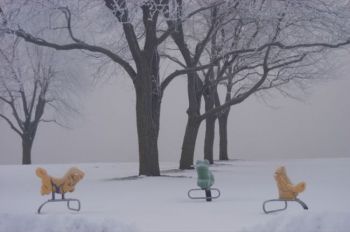
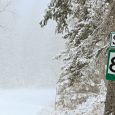
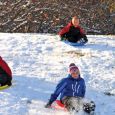
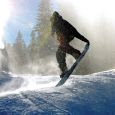
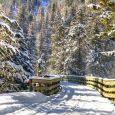

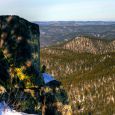


Comments